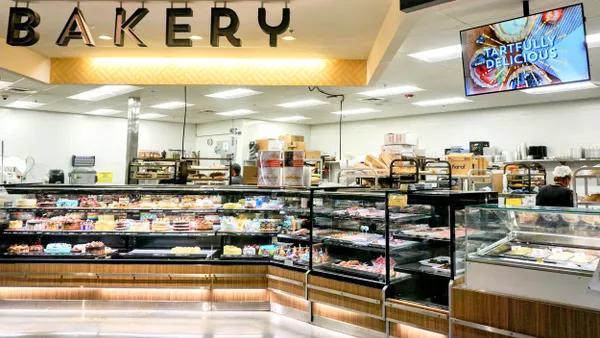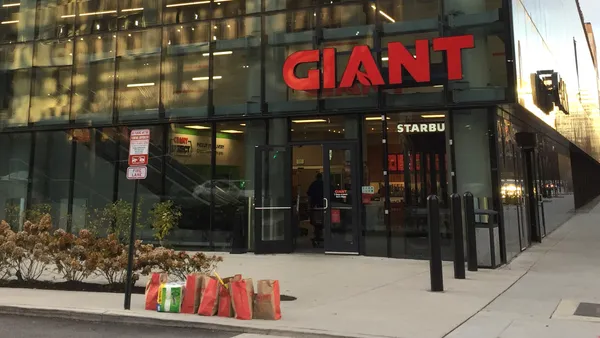Dive Brief:
- The U.S. Department of Agriculture (USDA) unveiled on Wednesday details of a new framework to improve the country’s food system that includes investments in making nutritious food more accessible and affordable. The department said the “announcement builds on lessons learned from the COVID-19 pandemic and supply chain disruptions caused by Russia’s war in Ukraine.”
- As part of numerous investments under the plan, the USDA said it will invest an additional $40 million in the GusNIP Produce Prescriptions Program, which supports projects providing incentives to income-eligible consumers with fresh food prescriptions. The department also plans to put $25 million toward SNAP technology improvements and spend $100 million to create a new Healthy Food Incentive Fund to help school food authorities offer more nutritious school meals to children.
- Separately, DoorDash announced on Wednesday a partnership with nonprofit organization Brighter Bites to make fresh produce more accessible to children and their families in New York City, Houston and Washington, D.C.
Dive Insight:
The efforts by the USDA and DoorDash to address barriers to food come at a time when high inflation, ongoing supply chain challenges and economic hardships are plaguing U.S. consumers.
The new details released in the USDA’s framework cover investments in strengthening the food supply chain, supporting local market options as a way to create a “fairer food system that combats market dominance” and lowering barriers to healthy food.
As part of the plan, the USDA aims to increase funding by $155 million to the Healthy Food Financing Initiative, which provides grants and loans to entities offering healthy food in areas underserved by food retailers.
“The program increases access to healthy foods, provides new market opportunities for farmers and ranchers, stabilizes small and independent retailers, and creates quality jobs and economic opportunity in low-income communities,” the USDA said in the announcement.
The USDA is also looking to invest $60 million to leverage increased commodity purchases through its Farm-to-School program, which helps provide children with fresh food from farmers. The department also plans to spend an additional $50 million on its program that helps seniors access locally grown fruits and vegetables and put $90 million toward food loss prevention and reduction efforts.
The investments support the Biden administration’s “commitment to strengthen and transform critical parts of the food system in the United States, spurring economic opportunity while increasing resilience and certainty for producers and consumers alike,” the USDA said.
With the new DoorDash initiative, families who are enrolled in select schools will be able to get produce boxes delivered by DoorDash drivers to their residences.
The food boxes are supplied by Brighter Bites. Every week, the nonprofit gives 25 pounds of fresh, seasonal produce each to families enrolled in more than 120 school settings across nine cities. Participants also receive nutrition education.
Along with the three cities where Brighter Bites is working with DoorDash, the organization also serves families in Dallas; southwest Florida; Los Angeles; Austin, Texas; and Bakersfield, California. DoorDash and Brighter Bites plan to expand their partnership to more cities later this year.
The Brighter Bites partnership is part of Project DoorDash Acts for Sustainability and Hunger (DASH), which the food delivery company unveiled in January 2018 to address hunger and food waste. So far, Project DASH has handled more than 1.8 million deliveries of approximately 33 million meals across the U.S. and Canada.














